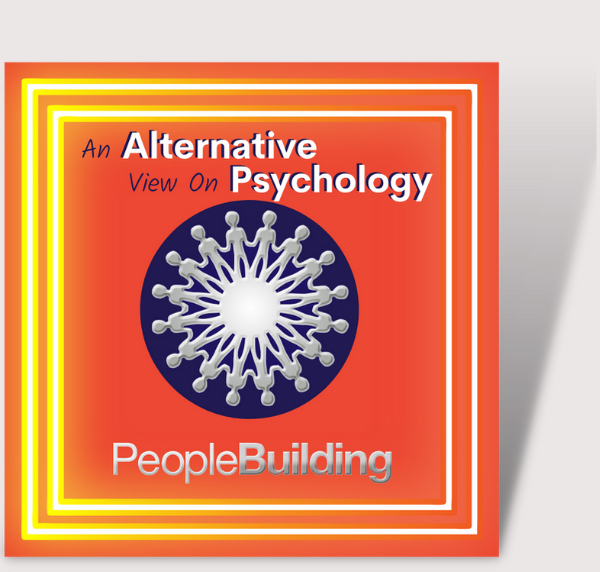During hypnosis an number of interesting phenomena can be experienced. In this article I will discuss the uses I have discovered for utilising hypnotic phenomena in a therapeutic practice.
Post hypnotic inductions are one of the most commonly used hypnotic phenomena. This is when a suggestion is given whilst in hypnosis to react in a particular way later, when out of hypnosis. Usually this reaction is triggered by a particular stimuli for a more reliable post hypnotic suggestion. I recently worked with a feuding couple and part of the problem that was happening in their relationship, was that if the wife became upset in some way (but not necessarily because of the husbands behaviour) she would make a certain facial expression. The husband was preconditioned to become defensive and argumentative when he saw her making this expression and would begin to become aggressive in his tone of voice. This would all result in an argument. Since I was working with the husband, I gave him a post hypnotic suggestion to experience a wave of calm overtime he saw the troubled expression on his wife’s face. If he didn’t become aggressive, she wouldn’t respond in the same way and the rowing would never start.
Ideomotor behaviour
When someone is in hypnosis they can practice things in their mind and the physical body may move or respond as they think about it. This is particularly useful if there is something that a person need to rehearse. The physical movements occur as the brain fires off the neural networks related to that part of the body and activates the muscles and nerves. I remember once during a deepening process using the visualisation of a flight of stairs to deepen the trance. The client’s legs were quite twitchy and when I gave the suggestion of a banister begin there for support, she made a very clear grasping motion with her hand. Afterward I mention this to her and she told me that she grabbed the banister as soon as I said it as she had once had an accident on the stairs at home when she was a child.
Time distortion
During hypnosis is it quite natural for a client to experience a speeding up or slowing down of time during the session. This means it can be quite a surprise to them when they later wake and check the real time!
This is a useful phenomena to utilise, as it can be a beneficial skill to develop. A racing driver who whizzes around a track at over 100 miles an hour needs to have a high degree of concentration so that he can make accurate judgments and reactions during the race. Therefore learning the skill of slowing down time in his mind is very beneficial. It means that if for some reason he lost control of his vehicle he would be able to make decisions and reactions in millionths of seconds that could prevent an accident from happening.
It can at times too be a useful skill to speed up time. If someone has experienced a traumatic event and needs to recall details of the event- for example if someone has been involved in an accident and is helping the police with details about how the event occurred, it could be really useful to recall the event at a faster speed so that less opportunity to fully associate to the negative emotions is experienced. Then at the point that some detail needs to be focused upon, time can be slowed down again.
By Gemma Bailey
www.gemmabailey.co.uk


